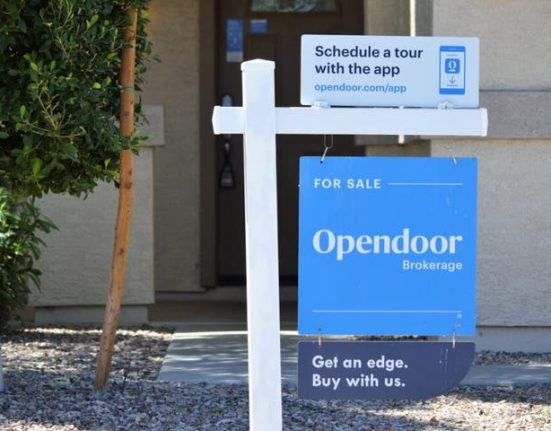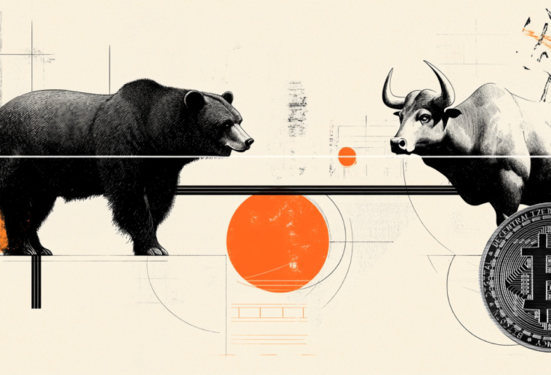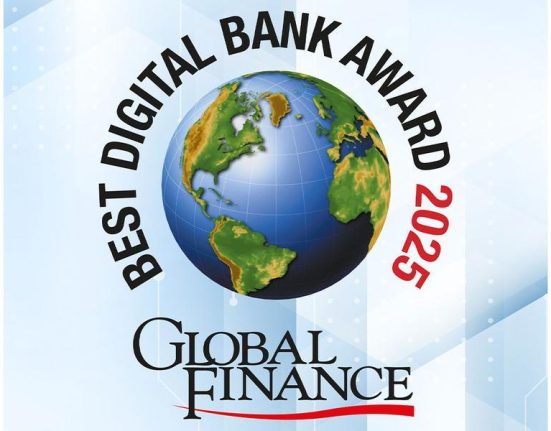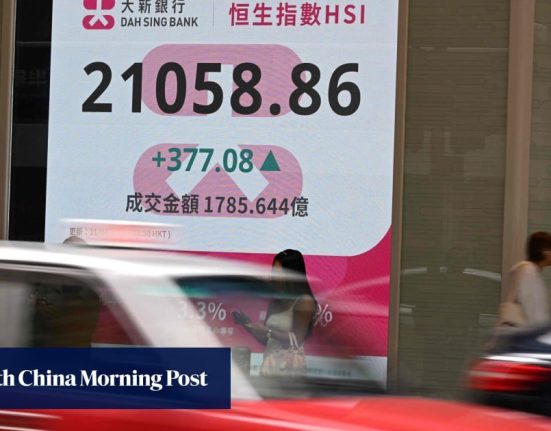The best savings account rates for July 2025
Depending on the high-yield savings account, you might need to meet certain opening deposit or minimum balance requirements to get the highest advertised yield. Here are the financial institutions that offer the best savings account rates, including their criteria, for July 2025:
- Axos ONE: 4.66% (no minimum balance)
- Elevault: 4.60% (no minimum balance)
- Pibank: 4.60% (no minimum balance)
- Go2bank: 4.50% (no minimum balance)
- TIMBR: 4.40% ($1,000 minimum balance)
- Primis Bank: 4.35% ($1 minimum deposit)
- Bread Bank: 4.30% ($100 minimum deposit)
Savings rates are aggregated by DepositAccounts.com, which tracks roughly 275,000 rates at more than 11,000 banks and credit unions. The team at Buy Side from WSJ also performed savings account research. We focused on accounts that required $5,000 or less to open.
What are savings account interest rates?
The bank uses your deposit to make loans to others, so when you leave your money in a savings account, you earn a yield as an incentive to keep it there.
How banks determine savings rates
Part of how banks set your savings rate is the spread they want to make between the yield they pay you and the interest rate they charge borrowers. A bank can potentially pay you a yield of 4.50% while charging a borrower 8.99% interest for a loan.
Additionally, financial institutions pay attention to market conditions and try to remain competitive with one another. The federal-funds rate also influences how banks determine your savings yield.
Why savings rates fluctuate over time
Savings rates fluctuate because market conditions change over time. Additionally, the federal-funds rate can rise or fall, impacting rates. Because conditions and rates change frequently, your savings yield can change at any moment.
The impact of Federal Reserve decisions on savings rates
The federal-funds rate is the interest rate at which banks lend money to one another overnight. This benchmark influences other interest rates throughout the economy, including those for savings. If the Fed rate increases, savings yields generally go up. When the Fed cuts rates, yields usually head lower.
Types of savings accounts and their rates
Different types of cash accounts can be used for savings. Each has advantages and disadvantages. Additionally, average rates might vary.
Traditional savings accounts
Traditional savings accounts are generally found at brick-and-mortar financial institutions or major banks. Your money is protected by FDIC insurance (or National Credit Union Administration — NCUA — insurance), so you don’t lose your deposit if the financial institution fails. They often have lower yields than other savings products. As of June 16, 2025, the average yield on all savings accounts is 0.38%.
High-yield savings accounts
High-yield savings accounts (HYSAs) have the same FDIC or NCUA protections as their traditional counterparts, but they offer higher yields. Often, HYSAs are offered by online institutions or small community banks and credit unions. As of July 2025, the average APY for the top 1% of savings accounts is 4.15%, according to DepositAccounts.com.
Money market accounts
Money market accounts often offer check-writing privileges and might have debit card access. They are similar to transaction accounts but often offer higher interest rates than traditional checking accounts. They can be attractive to savers who want more flexibility in accessing their money but still want to take advantage of yields and FDIC or NCUA protection.
FDIC data indicates the average money market account APY is 0.59% as of July 2025. However, DepositAccounts indicates that the average APY for the 1% top-yielding money market accounts is 4.04%.
Certificates of deposit (CDs)
CDs are also cash accounts covered by FDIC or NCUA insurance. They are timed deposits and less liquid than savings or money market accounts. The yield you receive depends on how long you’re willing to keep your money locked up. Most CDs charge an interest penalty if you withdraw money before the end of the term.
The average rate for a 12-month CD is 1.62%, according to the FDIC. However, you might be able to find higher rates. DepositAccounts data indicates that the top-yielding CDs have an average rate of 4.63%.
How to compare and find the best savings rates
The best banks for savings accounts aren’t always those offering the highest yields. Consider your preferences, account features, fees and minimums as you compare savings account rates.
Key factors to consider when evaluating rates
- Yield: Look for an account that offers competitive rates compared with similar financial institutions and beats the national average.
- Tiers: Some savings accounts offer tiered rates. To receive the highest available rate, your balance needs to be in the appropriate tier. Other savings accounts might only pay the highest APY on the first $1,000 of savings.
- Access to money: Some savings accounts have withdrawal limits and other account restrictions. You might be charged a penalty if you exceed the threshold. Also, consider whether you can withdraw money from an ATM or branch or if you’re required to move your money to a checking account first.
- Money management tools: Consider whether you can access money management tools that fit your financial goals. For example, some banks offer the ability to save for different goals by using buckets. Others have mobile apps that allow you to manage your money from anywhere.
Online banks vs. traditional banks
While not always the case, some of the best banks for savings accounts are online banks that offer higher yields than traditional brick-and-mortar banks. Additionally, you might find higher savings account rates at smaller regional banks and credit unions than at bigger banks. Shop around to find the best savings account rates.
The role of fees and minimum balance requirements
When you compare savings account rates, pay attention to monthly fees or minimum balance requirements.
Some monthly fees, like those for paper statements, can be waived with simple actions, like signing up for electronic statements. In other cases, you might have to set up direct deposit or maintain a minimum balance to avoid a monthly maintenance fee.
Other savings accounts require maintaining a minimum balance to qualify for the best APY. Even if you don’t have a minimum balance requirement, you might need a minimum deposit to open the account. Pay attention because the yield might not be worth it or apply to your account if you don’t meet all the criteria.
Strategies to maximize your savings rate
You can squeeze a little extra yield from your savings by considering strategies that allow you to increase your interest rate.
When to move your money to a higher-rate account
If your savings account is yielding the national average, moving your money to another account might be worth it. Consider using a savings calculator to determine whether a higher yield could lead to a significant increase in your interest earnings.
For example, if you have $5,000 in savings and add $150 per month, your overall earnings at the end of one year depend on your daily compounding yield:
- National average (0.38%): $22.13
- Top 1% yielding average (4.17%): $243.23
- Highest yield without balance restrictions (4.66%): $271.13
The difference between an account earning the national average and a high-yield savings account is fairly large and might be worth the switch. On the other hand, the difference between the two high-yield accounts is about $20 for the year, and you might decide it’s not worth it to change accounts.
The benefits of laddering CDs with high rates
If you don’t need immediate access to all your savings, a CD ladder might allow you to take advantage of higher rates for the long term.
For example, you could build a ladder with three-, six- and nine-month terms:
- HAB Bank 3-month CD with $1,500 minimum, 4.40% APY
- Leader Bank 6-month CD with $1,000 minimum, 4.50% APY
- OMB Bank 9-month CD with $100 minimum, 4.15% APY
- Limelight Bank 12-month CD with $1,000 minimum, 4.35% APY
As each CD matures, you decide whether to keep the cash or roll it into a 12-month CD. By following this pattern, you get access to your money at regular intervals but can potentially take advantage of rising interest rates.
Keeping an eye on rate trends and economic shifts
Pay attention to market conditions and potential trends. If it looks like the Fed will raise rates soon, you might expect higher savings rates and can plan to keep your money out of a CD until rates increase. On the other hand, if rates appear to be dropping, you might want to get a CD with a higher rate so you’re guaranteed a higher return, even as savings account yields drop.
Methodology
We review savings accounts and choose those without high minimum balance requirements to open an account or earn the advertised interest rate. We also look for accounts that don’t put a cap below the FDIC insurance limit of $250,000 on a customer’s ability to earn the advertised rate.
We also search for rates available in most (and preferably, all) of the U.S. While geographic restrictions tend to be uncommon among online-only banks, they might apply to some smaller community banks and credit unions.
Not all savings accounts on our list represent the best option for some customers. The best high-yield savings account rates often come with trade-offs. For example, you might not be able to easily transfer funds to an outside institution or contact customer service via phone. Since most top-yielding savings accounts are offered by online banks, in-person customer service is often unavailable. Some yield-chasers might not mind these inconveniences, but it’s important to know them before opening an account.
FAQ
How often do banks change savings account rates?
While savings account rates are variable and can change at any time, they usually remain comparatively stable for at least several weeks. Changes to the federal-funds rate can affect savings account rates, and regular meetings occur eight times a year.
Can you negotiate a better savings rate?
Most banks and credit unions don’t negotiate higher savings rates. However, you can open a companion account, which might maximize your savings yield.
Are online banks always better for high savings rates?
While many online banks offer higher savings rates than their brick-and-mortar counterparts, that isn’t always the case. Carefully compare rates, especially if an offline institution has a promotion.
What happens to my savings rate if interest rates drop?
When interest rates drop, your savings yield generally falls as well.







